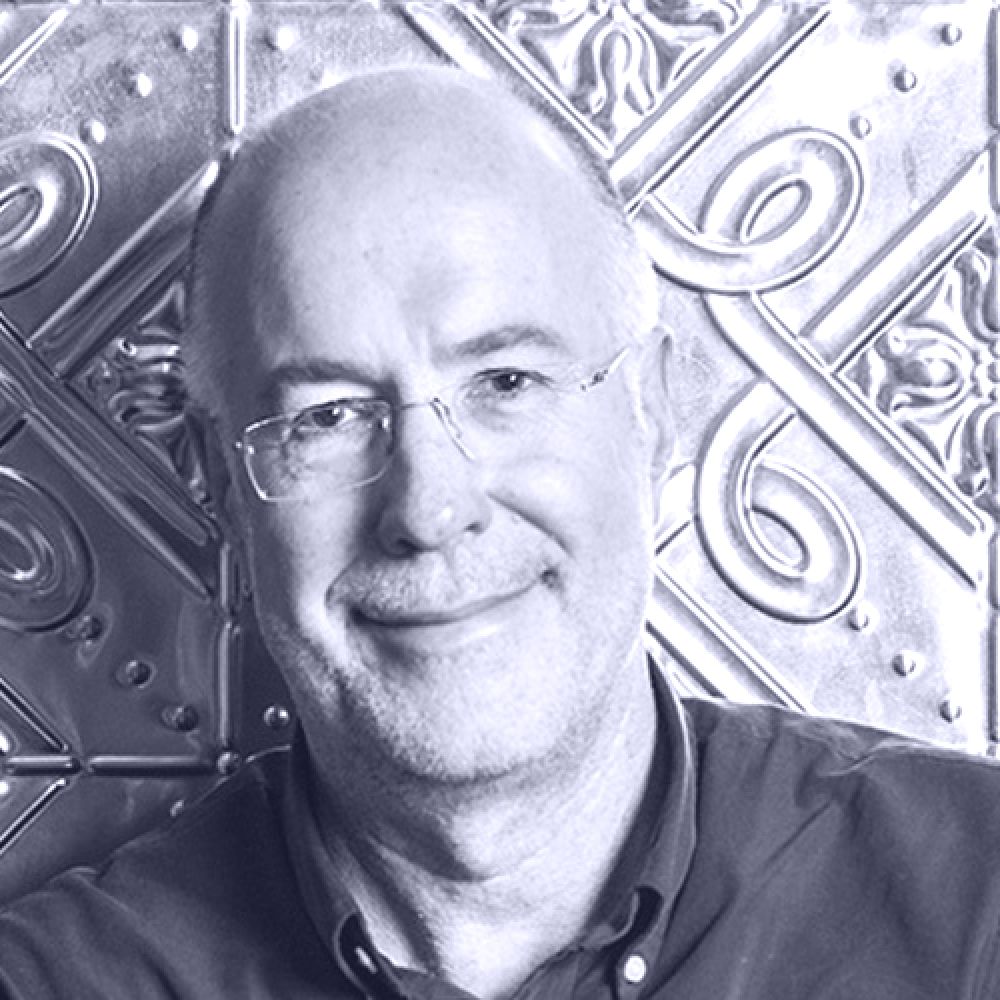Details.
When
Wednesday 26 September 2018
9.00am – 5.00pm
Where
Arthur Streeton Auditorium, Sofitel Melbourne on Collins
Level 1, 25 Collins Street
Melbourne Vic 3000
— Google Maps
Tickets
Ticket sales for this event are closed.
Partners
Design Speaks Conferences 2018Presenting Partner
Old School / New SchoolMajor Partners
Earn CPD Points
Contacts
Nicole Greenwell
Sponsorship and Events Header Image Joynton Avenue Creative Centre by Peter Stutchbury Architecture. Photography by Michael Nicholson.Program.
- 8.45 am Arrival and seating
- 9.00 am Welcome from Cassie Hansen, editor, Artichoke
-
9.15 am
Keynote address
Georgina Ward, associate, John McAslan + Partners (UK) -
10.00 am
Keynote address
Michael Banney, director, M3architecture (Brisbane) - 10.45 am Morning tea
-
11.15 am
Keynote address
Carey Lyon, director, Lyons (Melbourne) -
12.00 pm
Case study: Waranara Early Learning Centre
Emili Fox, director, Fox Johnston (Sydney) -
12.15 pm
Case study: Prahran High School
Stephen Turner, partner, Gray Puksand (Melbourne) -
12.30 pm
Case study: Green square creative precinct and urban park
Belinda Koopman, director, Peter Stutchbury Architecture (Sydney) -
12.45 pm
Q&A
Case study Q&A - 1.00 pm Lunch break
-
2.00 pm
Keynote address
Russell Bishop, Emeritus Professor of Maori Education, School of Education, University of Waikato (New Zealand) -
2.45 pm
Keynote address
Takaharu Tezuka, president, Tezuka Architects (Tokyo) -
3.30 pm
Panel discussion
Chair: Clare Newton, Associate Professor in Learning Environments, University of Melbourne. Michael Banney; Carey Lyon; Russell Bishop; Georgina Ward; Takaharu Tezuka; with questions from the audience - 4.00 pm Closing comments Katelin Butler, editorial director, Architecture Media
- 4.15 pm Closing drinks
- 5.00 pm Event closes
Keynote Addresses.

How can we succeed in a world that we cannot predict?
Presented by
Georgina Ward, Associate for the Culture and Education studio, John McAslan + Partners
School have always responded to the social, cultural and political context within which they educate. In the nineteenth century, certainly in developed countries, schools were designed to produce leavers who would effectively serve the ambitions of Big Government and Big Industry, and this dynamic remained largely in place until the end of the twentieth century, even though radical advances in technology and communications had prompted significant shifts in human perceptions, and ways of perceiving and thinking.
Today, schools must prepare children for a radically different world from anything we have seen in the past. Today’s children will live in a dynamically communicative, technology rich yet fragmented place. A place with artificial intelligence, genetic engineering, virtual reality, self-driving cars, and people on Mars. A world where people will have jobs we have not yet even conceived of, or indeed perhaps they won’t have "jobs" at all. How are schools, and society for that matter, supposed to know how to prepare them to succeed in a world that we cannot predict?
So, where exactly are we in terms of educational architecture? Are we actually departing from previous norms? Are we designing in the fullest awareness of present conditions? And do we have any idea of the relationship between education and the future potentials of the wider social and cultural context around us?

The centre of gravity in campus design
Presented by
Carey Lyon, Founding Director, Lyons
Universities around Australia are increasingly focused on their "student experience" in response to developing educational needs, increased competition for students, and the changing profile of students (including international students) and their expectations. A part of this experience is creating campus places that genuinely focus on students as the centre of design. The centre of gravity in campus design has dramatically shifted toward the student and away from the "institution." For an era in which online content is rapidly expanding, and disrupting the idea of studying in a particular geographic place, a strange irony is at play – place now matters more than ever. Specifically, the idea that students socializing and collaborating together – person to person – is what makes for a truly great education. This paradigm creates distinctive opportunities for architects thinking about campus design.

Old School / New School: Spatial and environmental implications
Presented by
Russell Bishop, Emeritus Professor of Maori Education, The University of Waikato
This presentation will speculate on possible spatial and environmental implications of Russell Bishop's research and its implementation by focusing on his experiences designing and implementing education reform projects over the past twenty-five years. These projects sought to improve Maori, other Indigenous and marginalized students’ educational outcomes. The implications for such work for architecture could be interesting as teaching moves from transmission/knowledge transfer modes to being more interactive, dialogic and relationship-based. During this transition, traditional locations of power over a range of educational issues being with the teacher are being challenged. These issues include goal setting, preferred pedagogies, classroom institutions, leadership practices, how to work with others, the use made of evidence and being self-determining learners. It appears that there are clear spatial and environmental consequences of such developments. However, while there has been some movement in New Zealand schools recently to large open-spaced classrooms, for example, there is a lot of resistance to these spaces. Russell Bishop questions if there is a better way of providing for relationship-based, dialogic pedagogies.

Nostalgic future
Presented by
Takaharu Tezuka, President, Tezuka Architects
Architecture is not a thing but an event. Architecture is the very powerful tool to evoke spontaneous movements for children. While we are paying a lot of time for safety, we are taking opportunities to get experience away from children. There are many things children can learn only when they are young. Don’t protect them too much. Let them tumble. Blues and scrapes are not a big issue. They are waterproofed. Let them get wet. They were supposed to be exposed to bacteria. We are the kind of creatures that were originally grown up in jungles. Humans are not meant to be in a quiet and clean environment.

Value propositions
Presented by
Michael Banney, Director, M3architecture
In marketing-speak, all entities have (or at least should have) a value proposition – a succinct statement that is both a distillation and a stimulant of strategy and mission. A strong value proposition is a sign of self-awareness, reflecting clarity to the world. Through that clarity, it is possible for outsiders to find their way in. Often such propositions are manifest in the words and actions of organizations, but seldom in the language of their architecture. All organizations have stories to be told. Our role is to define the architectural consequences of those stories and help to write the next chapter. Just like a value proposition, architecture has the ability to distill and stimulate, and be genuinely idiosyncratic.
Case studies.
Waranara Early Learning Centre
Presented by
Emili Fox, Director, Fox Johnston Architects
A garden of delights for inner city preschoolers in Sydney, Australia
This session will use the Waranara Early Learning Centre in Green Square, Sydney, to examine issues and processes for the design of early education facilities, in this case, a new seventy-four-place centre for young children under six from diverse ethnic and social backgrounds. The case study will show that the process involves much more than designing a building: it provides a template for how we can use design to make better- better connected and more functional communities.
The Waranara Early Learning Centre by Fox Johnston Architects is a small but highly considered project, created from the shell of an unused heritage former medical outpatients’ building that was totally unsuited for its new purpose: a series of uninspiring, joyless, dark and boxy rooms disconnected from the outside, redolent of their former institutional purpose. The new centre was made for a young, diverse and rapidly growing inner-city community, in effect, a transplanted community, without a shared history on this site, or roots, or extended families, where everyone has come from somewhere else, and most people live in apartments. So, ultimately this is a project about connection – connection to self, to each other, to learning, to nature, and to the wider community.
The result is a childcare centre unlike any other – conceptually strong, refined work where every single detail has been carefully and thoughtfully considered, that functions architecturally, and exceeds its sustainability and community building objectives.
Green square creative precinct and urban park
Presented by
Belinda Koopman, Director, Peter Stutchbury Architecture
The recent completion of Peter Stutchbury Architecture's major public project, Joynton Avenue Creative Centre, Banga Community Shed and Matron Ruby Grant Park has moved towards a new approach to adaptive reuse and heritage restoration. The project brings to Green Square, Sydney a creative precinct and urban park. The Royal South Sydney Hospital site has been transformed into a place saluting creativity. It is an environment for teaching, making and creating to inspire the cross pollination of ideas. The existing buildings have been regenerated to create new forms and extensions, bringing spaces that are grand and civic, yet still intimate together both inside and out. The extraordinary attention to detail marks the creative precinct, which has recently opened in association with the City of Sydney and 107 Projects.
Prahran High School
Presented by
Stephen Turner, Partner, Gray Puksand
Prahran High School is part of a suite of new inner-city schools commissioned by the Victorian School Building Authority. Uniquely, however, the school site on Prahran’s High Street is perhaps the most constricted site with which any of the design teams has had to deal. This project contends with limited space, heritage neighbours, demolition of an existing unadaptable building, and a diverse set of neighbouring buildings and public interfaces. By nature of its constricted site and requirements, the school has been designed in a multi-level configuration, making the most of limited space. Spanning five levels, Prahran High School incorporates everything you’d expect from a modern school, including a library, gymnasium, theatre space, specialist teaching spaces, outdoor spaces and adaptable learning environments.







